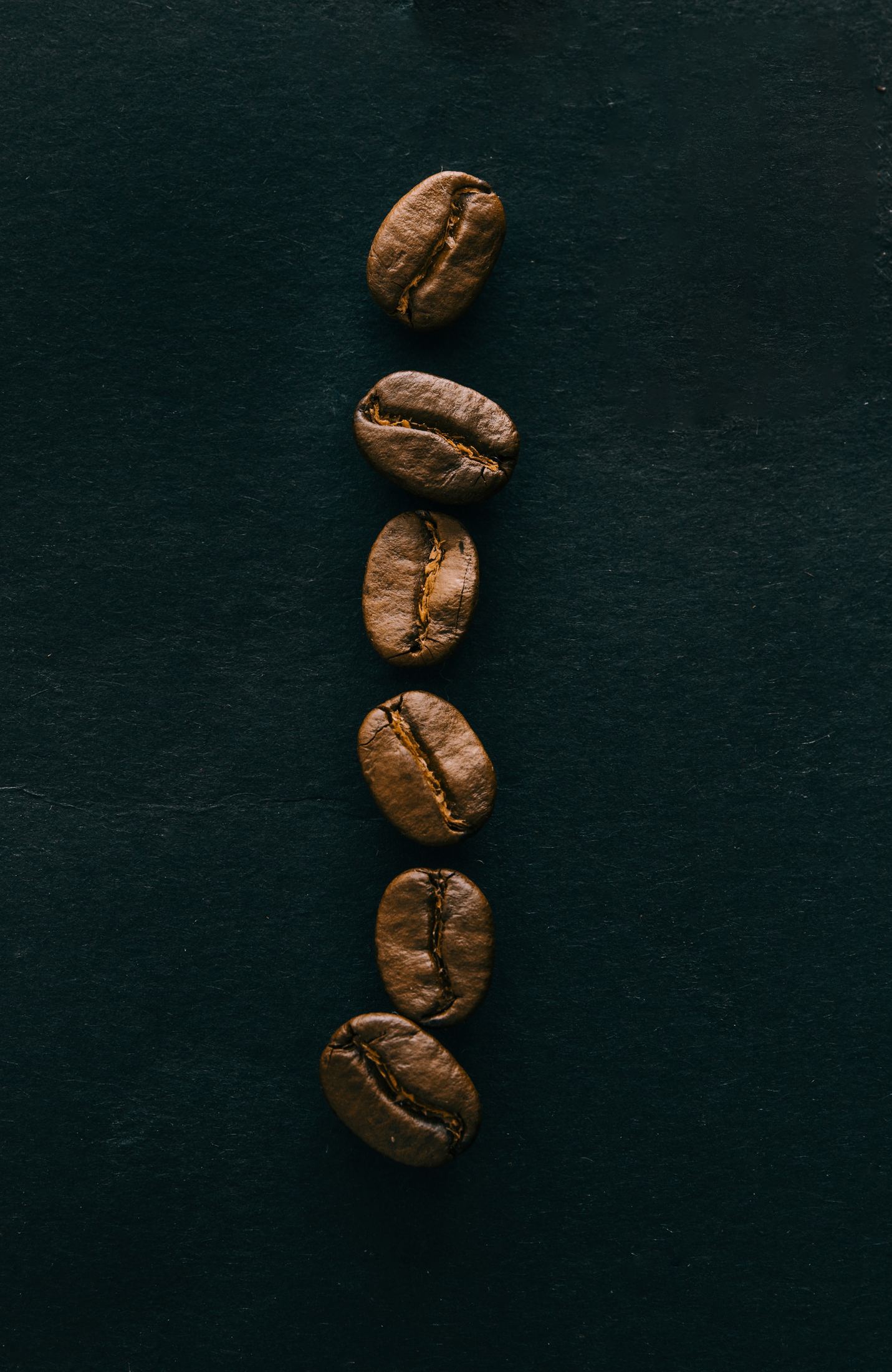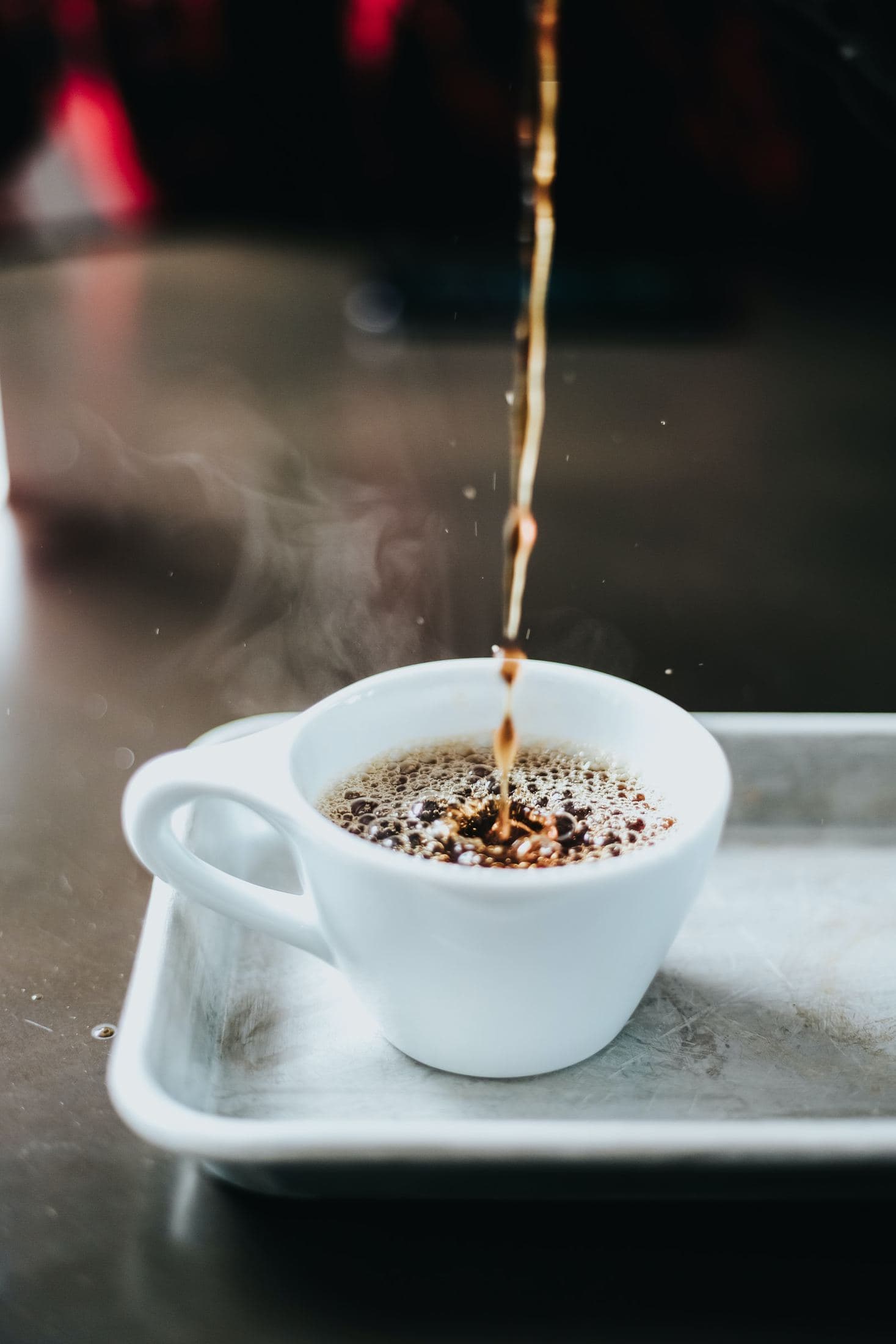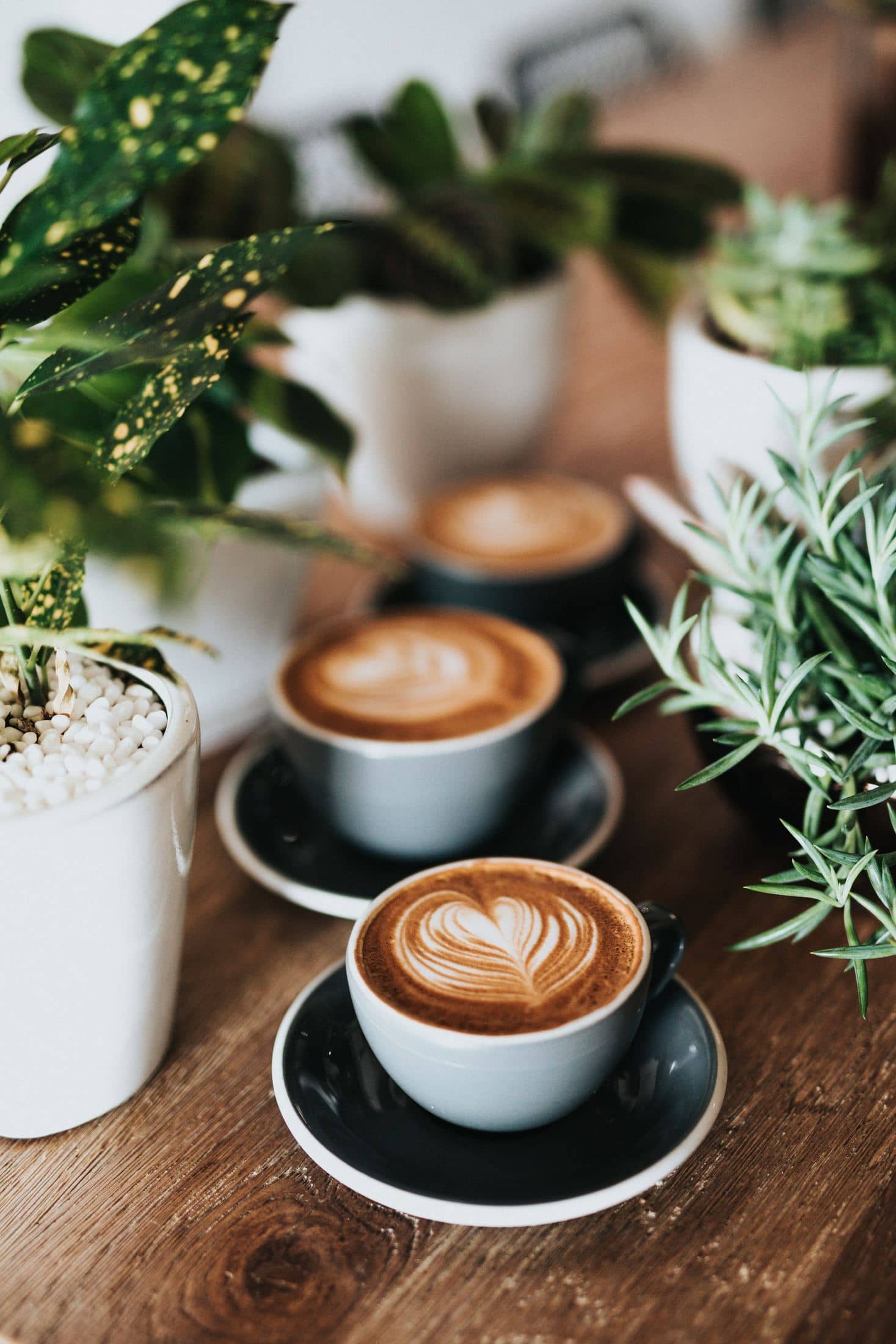Do you like coffee? This popular hot drink is not trivial. People love coffee for its variety of flavors. The most important aspect is the roasting of the beans and the place where they grow. These two parameters greatly influence the type of coffee you drink. But let’s pay attention to the taste. How accurately can you describe how you feel after each sip?
Perhaps it is a slight acidity, sweetish or bitter aftertaste? The named parameters are only a small percentage of those taste characteristics that a coffee drink possesses. That is why you should know what a coffee taster’s flavor wheel is.

What Is It?
Coffee tasters find it difficult to describe aromas and aftertastes. It’s not a joke. Sometimes the taste buds can misjudge coffee. That is why the coffee flavor wheel was invented. In 1995, the Specialty Coffee Association of America (SCAA) and World Coffee Research (WCR) decided to create a simple taste tip that would help tasters identify the type of coffee shade. Any beans for espresso are now much easier to identify.
Over a year, a group of researchers tested the coffee and collected 110 attributes, thanks to which everyone can describe flavor varieties and aromas. Such a gigantic work can now make the lives of many hot drink fans and baristas easier. All you need to do is look at the flavor wheel and check your feelings against the general descriptions of the beans.
How to Use This Wheel?
The Flavor wheel has three levels of rings. You need to start from the very center. Here are the basic sensations that can be identified while tasting the coffee. The first ring contains nine combinations of taste and smell. Let’s say you feel the nutty and cocoa shades. It is the basic flavor element for your beverage. Now you need to go to the next ring to concretize your feelings. Let’s say you assume your coffee is mostly nutty in aroma and flavor. Go to the third level and take another sip and wait about 15 seconds.
The nutty section includes peanuts, hazelnut, and almond. It is enough to choose the best coffee maker under 100 dollars to feel one of the flavor combinations. Do you know what the main advantage of the flavor wheel is? Everything is very simple. You can focus on the table and be more likely to identify the taste and smell. It took researchers about 12 months to identify all the main parameters for the wheel.

How Effective and Useful Is It?
At the moment, the coffee taster’s flavor wheel is the only visual aid for tasting hot drinks. Imagine that you need to describe all the flavor characteristics of coffee in a minute. Can this task be easy? Even a professional can get confused. This flavor wheel has so-called gaps that separate the most pronounced flavor and aroma differences. When you decide on a specific section, the gaps will become smaller. This means that the difference between acetic acid and butyric acid will be minimal.
You can hardly characterize the taste without visual cues. Besides, many coffee producers only occasionally indicate flavor and aroma characteristics. Usually, a lay taster will spot 1-3 differences between the types of beans. The circle helps to identify many more features. The biggest plus is that you don’t need professional kitchen equipment. Read the cheap coffee makers review to find a good device and not pay much.
What Is the Intensity Scale?
The untrained coffee fan will not understand half of the terms used to describe certain flavor combinations. That is why the creators of the wheel have made a detailed description. Also, the intensity scale will come in handy. The taste and odor system has a range from 0 to 15, which can help you determine if the beans are in one circular section. All descriptions have reference standards and explanations to help distinguish individual shades.

Strange Tastes and Aromas
You will most likely have no problem identifying sour, sweet, or bitter notes. But the creators of this testing technique decided to go further and tried to characterize most of the combinations. How about a meaty/brothy aftertaste? Some varieties of beans are capable of having the specific taste and smell of meat broth.
Sometimes you may drink coffee and not understand why you taste so bad. It’s not that the beans are poorly roasted. Most likely, you have chosen the non-standard type of coffee with a specific taste. There is so-called petroleum, moldy, and even cardboard combinations that are specific to certain varieties.
Buying these beans is not the right decision if you want a more familiar and standard flavor. Typically, people choose fruity, sweet, or tangy base flavors. Non-standard options are interesting only as an experiment. Thanks to the flavor wheel, you can choose coffee brands that are not very suitable for you and exclude them from your favorites list.





